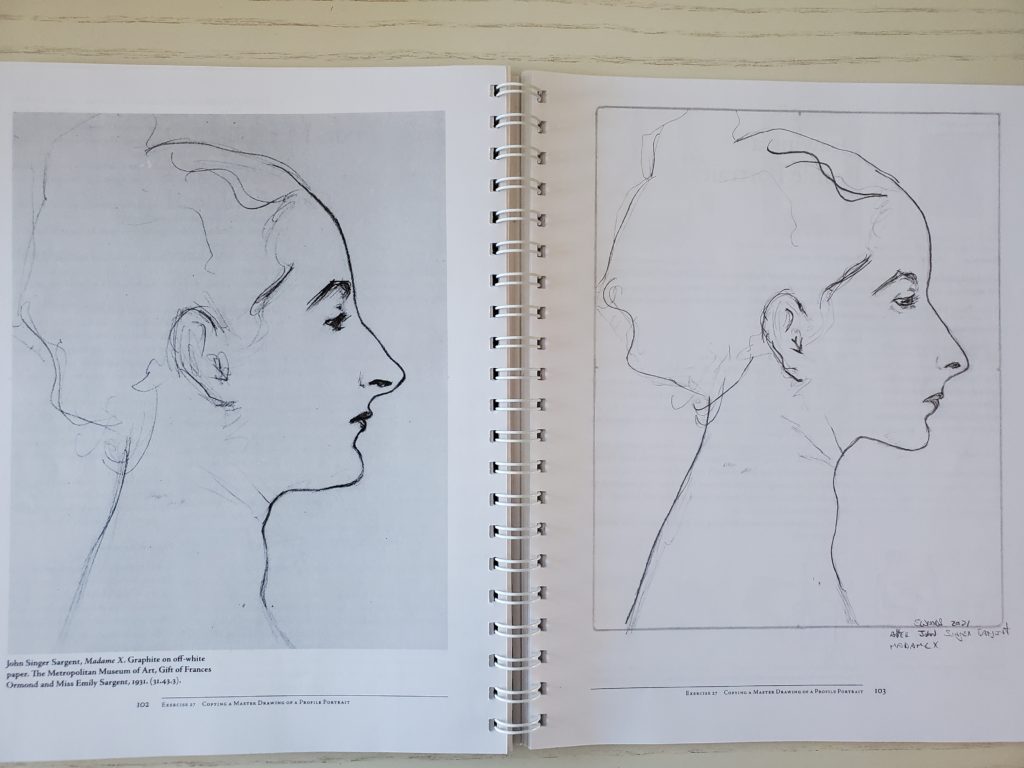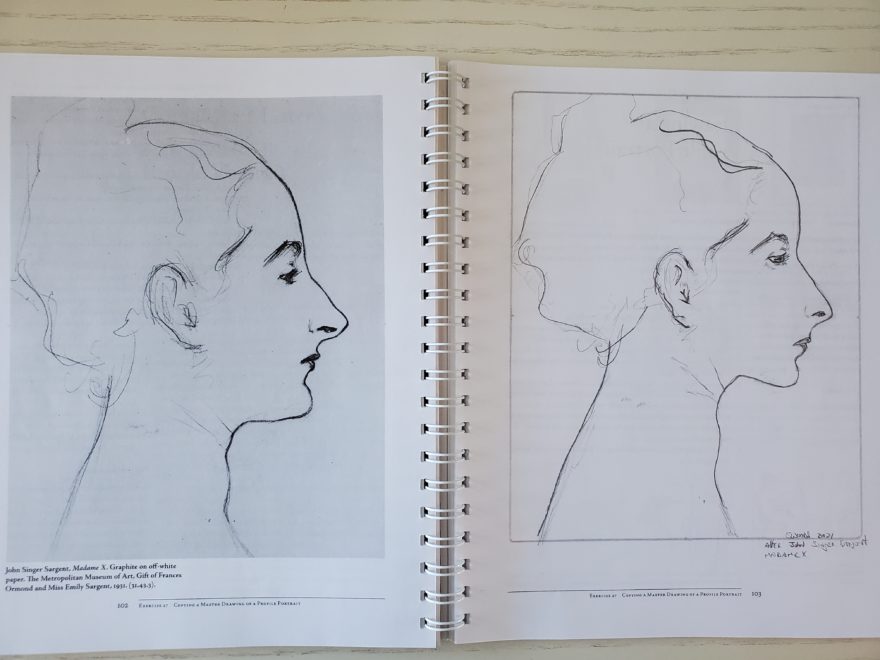It took only a few weeks for me to admit to myself that my watercolour painting wouldn’t get much better unless I did something about my complete and utter lack of drawing skills. No matter how many painting workshops and courses I take, I’ll need to learn to draw. It’s already a challenge for me to paint, because I’m dealing with a still-recent ‘mild cognitive impairment’ (MCI) – as well as a right hand that hasn’t been fully functional since 2016.
Both of these seemingly unrelated health challenges, along with a long list of other symptoms, are due to a single rare disease. That would be CRPS, Complex Regional Pain Syndrome, also known as Reflex Sympathetic Dystrophy or RSD. Its neuro-inflammatory facet is responsible for the cognitive deficit and the neuropathic or nerve pain in my right hand and arm, while its autoimmune component causes a host of other issues.
From full-body fatigue to problems with my right arm and hand including localized joint issues and pain, swelling, skin colour and temperature changes, and more. CRPS has even been referred to, in the Journal of Neuroinflammation – a medical journal – as:
a disease that has perplexed clinicians and basic scientists alike, not only for the refractory nature of the condition but also for its protean nature.” (1)
Protean as in chameleon-like or ever-changing, and refractory in that CRPS is difficult to treat; it’s considered to often be resistant to treatment, such a challenge that some patients can barely be helped by modern medicine.
But that’s not what I want to talk about today! Instead, I want to focus on my DIY (do it yourself) art therapy plan. There’s a perfect Yiddish expression for what I want to convey, used in English by some of my Jewish friends: “Man plans, God laughs”. My planned at-home art therapy revolved primarily around watercolour painting, so at the end of 2019 I’d signed up for a watercolour painting course.
Along with a number of other creative courses, offered through local community centres and municipal libraries in my area. All of these were scheduled to begin in mid-March last year… and were, of course, cancelled due to the COVID-19 pandemic. Montreal has long been Canada’s epicentre of this virus, having been particularly hard-hit early on in part – it is believed – due to the fact that our schools’ spring break is much earlier than in the rest of Canada.
People from Montreal who traveled during our spring break brought the virus back with them, long before it was understood how easily it can spread through the air. Whatever the reason, everything here was shut down in short order; community centres, libraries, community gathering spaces, places of worship, restaurants, sports venues, and more.
As with so many others, my plans were put on hold. At the end of 2020, though, I vowed to find a way to learn to watercolour paint in 2021 – even if all of these types of activities in my area remain closed. With so many companies offering virtual services due to the pandemic, I thought, there must be some instructor-led art courses available now. I stumbled upon Art Safari (2), based in England, and fell in love with their approach.
I took their weekend introduction to watercolour painting course in mid-February, and that has made a huge difference in my skillset. I’ve also taken a number of their watercolour painting workshops, and have signed up for several other instructor-led live courses given virtually. One with an artist in Vancouver, others from elsewhere in Canada. More on those workshops will follow, as they go.
At the moment I’m focusing on trying to learn to draw; using a book- and workbook-based drawing course. While continuing with all the virtual watercolour painting courses I’ve been taking. My Scottish grandmother used to say “in for a penny, in for a pound”, meaning that if you’re going to do something, you might as well go “all in”; this makes sense if you consider that the pound, rather than the dollar, is the currency of Scotland (and Great Britain).
The book and workbook I’m using are “Drawing on the Right Side of the Brain” (3) by Betty Edwards, and I was intrigued to see brain plasticity noted; this is a concept that comes up regularly in chronic pain research. Which made me wonder, does this mean that my plan for DIY art therapy is now “evidence-based” in medical terms?
Either way, I think the drawing is already improving my painting – and I’m only about halfway through the book. Wish me luck, as I continue with this artistic adventure!


As always, thanks so much for stopping by. Feel free to reach out over on Instagram or Twitter with any comments; the comments feature here on the blog has been disabled as it became too much for me to handle due to my cognitive issues.
Keep safe, be well, and take the time to take care of yourself; no one else can do that for you.
References
(1) Russo, M.A., Fiore, N.T., Vreden, C. et al. Expansion and activation of distinct central memory T lymphocyte subsets in complex regional pain syndrome. J Neuroinflammation. 2019;16(63). Online 18 Mar 2019. doi: 10.1186/s12974-019-1449-9. Accessed 02 March 2021. Online:
https://jneuroinflammation.biomedcentral.com/articles/10.1186/s12974-019-1449-9
(2) Art Safari website: https://artsafari.co.uk
(3) The Official Website of Betty Edwards: https://www.drawright.com

